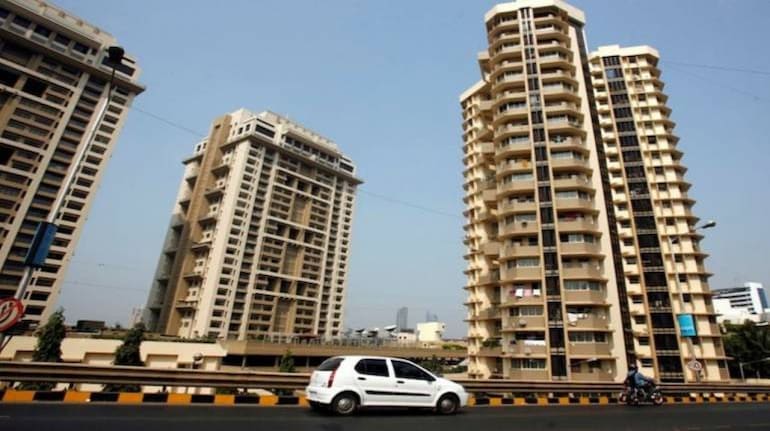



Power reforms are tedious and have to fix legacy issues as well. Two prominent suburbs in the National Capital (NCR) region — Noida and Gurugram — have been tackling the same issue in different ways. The base issues too are different, though the end result is to provide efficient power services to consumers of private developments.
In Noida, after battling with developers to get the houses they paid for years ago, consumers have locked horns with developers for the past several years, protesting extremely high power charges levied by developers, in the name of common area power charges. The issue was that the Pashchimanchal Vidyut Vitran Nigam Limited (PVVNL) used to provide power to the entrance of the development or township through a single-point connection. The developer then added his own mark-up and provided power at much higher rates to consumers.
Multi-Point Connections
After years of lobbying, the UP Electricity Regulatory Commission (UPERC) directed developers to seek permission from residents and opt for single or multi-point connection with proof of resident demand. This came with its own challenges. The developer had to co-ordinate with consumers through the Association of Allottees (AoAs), a body that was neither homogeneous, nor unified. In many cases, there were more than one AoA, with some being controlled by supporters of the developer. As a result, any major policy decision that requires the developer to co-ordinate with the AoA is already doomed to face difficulties. After years of neglect and perpetual battles with developers to get houses or the promised facilities, there was fatigue among residents to take up the cudgels for the power fight.
The net result is that nine builders were served notices by the Noida Power Company Ltd (NPCL) to get the consumer consent forms signed by residents to show 51 percent consent either way.
In AIMS Angel Golf Avenue 2, power was disconnected for over seven hours while the builder and the authority sorted the issue of consent letters. In many societies, consumers fear that with installation of multi-point meters, the developer may stop taking care of common areas. A legitimate concern that the policy should have taken care of. Developers and consumers in Noida have no love lost, and leaving any bit of the policy open to interpretation by developers is scary for consumers.
Haryana Model
Across town in Gurugram, which grew primarily on the back of rapid private sector growth, the entire power reforms were aimed at fixing legacy issues. The issue was highlighted in the urban reforms conclave earlier this year, where many consumer bodies complained that they were still coping with temporary meters and not connected to the grid. In many instances, the developers too could not secure permanent connections in far-off peripheral areas because the development and laying of power cables were incomplete.
While this upgrade was taking place, the switch to underground cabling, thus improving aesthetics, the switch from 11/66Kv to 220/33 Kv was also happening. Anomalies such as developers having to provide for way more power than the project would ever use, leading to artificial scarcity for others were also addressed.
Provisions of pooling land among different projects in a location for switching stations, allowing developers to surrender excess land and secure public land in another location to service the electricity needs there, were all progressive policy decisions.
Till 2019, before taking completion certificates (CC) and occupation certificates (OC), the no-objection certificates (NoC) were largely ignored. Earlier the OC and the CC used to be given by the department of town and country planning (TCP), in the name of electrical infrastructure, only streetlights were laid, which all developers have to do in one way or the other. But in addition to this, both the internal and external electrical infrastructure should also be constructed as per the Electricity Act.
Now with this NoC becoming mandatory, the discom is sure that the land and provision for power services is already provided. Today optic fibre cables are being laid till 33Kv switching stations so that whenever the Supervisory Control and Data Acquisition (SCADA) system has to be implemented, that can be done from the beginning itself.
Inadequacy Amount Sanctioned
The Chief Minister of Haryana took an initiative to solve the legacy fight between the power companies and residents by allocating Rs 1,320 crore as inadequacy amount for 13 developers to fix the gap. Over time, the load norms were revised because of upcoming energy-efficient equipment and latest technologies. The benefit was also passed on and after that it became one-fourth of inadequacy after some augmentation was done from the developer’s side and some profit was because of the new load norms. This one-time fix allowed the discoms to lay legacy issues to rest and move ahead for a more modern system of power generation, transmission, and distribution.
It all depends on political will to get the cities ready with modern, urban infrastructure. In power, Haryana has taken a clear lead over the Uttar Pradesh suburbs in the NCR. Ifs and buts to resolve contentious legacy issues never really work in the long term. A simple order in Noida and Greater Noida to switch to multi-point connections, with a clear onus on developers to continue providing common area facilities would have resolved Uttar Pradesh’s issues as well.
E Jayashree Kurup is Director, Wordmeister Real Estate & Cities. Views are personal, and do not represent the stand of this publication.
Discover the latest Business News, Sensex, and Nifty updates. Obtain Personal Finance insights, tax queries, and expert opinions on Moneycontrol or download the Moneycontrol App to stay updated!
Find the best of Al News in one place, specially curated for you every weekend.
Stay on top of the latest tech trends and biggest startup news.